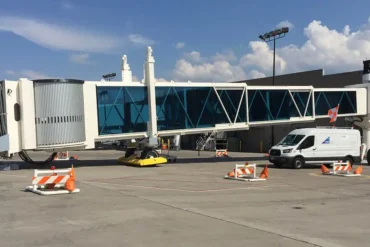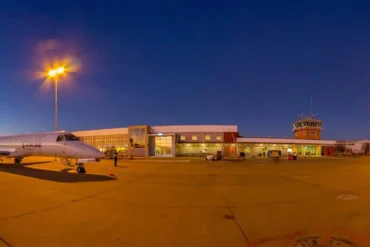Let’s talk about air travel, shall we? There’s a lot that goes into it, but boarding is a big deal that can make or break your flight experience. Zone boarding is a nifty trick many airlines use to make things run smoother, faster, and more comfortably for everyone. It’s all about grouping passengers based on things like where they’re sitting or what kind of ticket they bought. Understanding zone boarding can help you breeze through the process and see why airlines are so keen on getting everyone on board quickly and happily.
What is Zone Boarding?
Think of zone boarding as a way to get everyone onto the plane without causing a traffic jam in the aisle. It’s like having a game plan for filing into a concert, but instead of mosh pits, we’re talking about airplane seats. The airline splits passengers into groups or zones and calls them to board one at a time. This clever system helps cut down on the chaos at the gate and gets everyone seated faster.
When it comes to zone boarding, you’re assigned to a specific group based on a mix of factors. Maybe you splurged on a fancy first-class ticket, or you’re a frequent flyer with perks. Whatever the case, the airline uses this info to decide when you’ll board. VIPs and folks who need extra help usually get to go first. After that, it’s typically back to front, with people in the rear of the plane boarding before those up front.
How Different Airlines Play the Zone Game
Most big airlines around the world use zone boarding, but they don’t all do it the same way. Some might have more zones than others, and they might call them different things. Here’s a quick rundown of what you might hear:
“Pre-boarding” is for people who need extra time or help, like if you’re traveling with little kids or have mobility issues. “Priority boarding” is usually for the fancy seats up front and the super loyal frequent flyers. After that, you’ll hear calls for “Zone 1,” “Zone 2,” and so on. The number of zones depends on the airline and how big the plane is.
Take American Airlines, for example. They’ve got nine boarding groups! Groups one to four are for the VIPs – first class, business class, frequent flyers, and military folks. Then there’s group five for “Main Cabin Extra” seats. Groups six to eight board by seat numbers, and poor old group nine is for basic economy tickets. It might seem complicated, but it’s all about getting everyone on board quickly and starting the flight on time.

Insider Tips for Smooth Sailing (or Flying)
Want to make your zone boarding experience a breeze? Here are some friendly tips:
- Show up early at the gate. It gives you time to find your zone, double-check your stuff, and take a deep breath before the boarding rush.
- Keep your boarding pass where you can grab it easily. Whether it’s on your phone or a paper ticket, you don’t want to be fumbling around when it’s your turn.
- Pack smart. The less you have to wrestle into the overhead bin, the happier everyone will be.
- Remember, we’re all in this together. Follow the airline’s instructions and be patient. A little kindness goes a long way.
- Know what perks come with your zone. Some zones might get you early access to overhead bins or other bonuses.
- Stay in the loop. Keep an eye on the airline’s app or listen for announcements in case there are any last-minute changes to the boarding process.
Why Zone Boarding is a Win-Win
Zone boarding is all about getting everyone on the plane in a way that makes sense. By letting certain groups on first and filling the plane from back to front, airlines can speed up the whole process. This means less time waiting around at the gate and more time getting to where you’re going. Plus, it helps make sure there’s enough space for everyone’s bags and keeps the aisles from turning into a game of human Tetris. In the end, zone boarding aims to make flying a little less stressful for everyone involved. So next time you hear your zone called, you’ll know exactly what’s going on and why it matters.


















